6. The Shining (Stanley Kubrick, 1980)
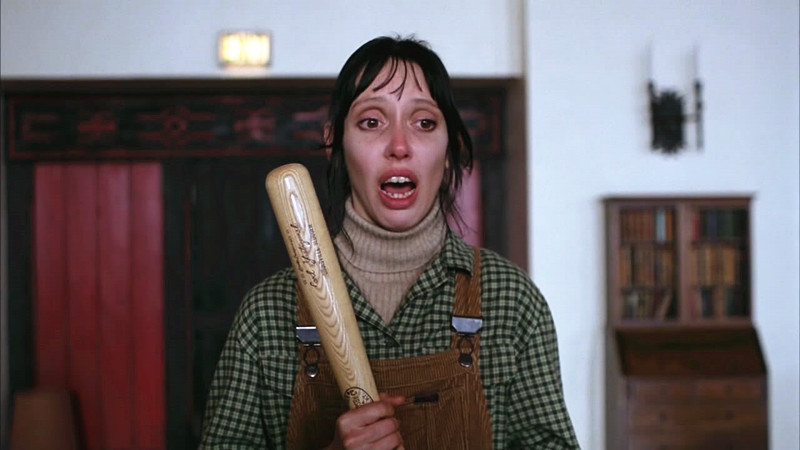
Much has been written about the supposed symbology and hidden messages woven into the fright fest that is Stanley Kubrick’s The Shining. This list will cover none of that, instead being preoccupied with the equally interesting production of the film. Kubrick was fresh off his 1975 film Barry Lyndon when he decided he wanted to make a film that was as commercially successful as it was artistically satisfying.
Searching for his next project, he settled on the 1977 Stephen King novel, The Shining, saying, ”One of the things that horror stories can do is to show us the archetypes of the unconscious; we can see the dark side without having to confront it directly.”
Production of the film lasted for well over a year, predominantly being shot on sound stages. Kubrick, a notorious perfectionist, cared more about showing his vision than the wellbeing of his actors. Shooting days lasted from 9 in the morning until 10:30 at night. Scripts were written and rewritten constantly, so much that Jack Nicholson would refuse to learn his lines knowing they would change by the time he had them memorized.
At one point, in preparation for the famous axe sequence at the end of the film, Kubrick fed Nicholson nothing but cheese sandwiches for 2 weeks (which the actor hated). However, Shelley Duvall took the brunt of the director’s methodical tyranny.
While Nicholson was allowed visitors and could even leave the set, Kubrick kept Duvall isolated from the outside world, to the point that her hair started falling out. During one particularly infamous scene involving a typewriter and a staircase, Kubrick had his actors act out a lengthy scene 127 times in succession: a record that still stands to this day.
The Shining was released in May 1980 to mixed reviews, which much of the criticism being directed towards the film’s slow, methodical pacing and Duvall’s acting. Over time, however, critical opinion has shifted and the film has been widely recognized as one of the greatest horror films of all time.
Nearly 40 years since its initial release, The Shining remains an object of fascination, not only for the horrors and visions depicted on screen, but for the many secrets that remain out of sight, lurking in the shadows just off screen.
7. Roar (Noel Marshall, 1981)
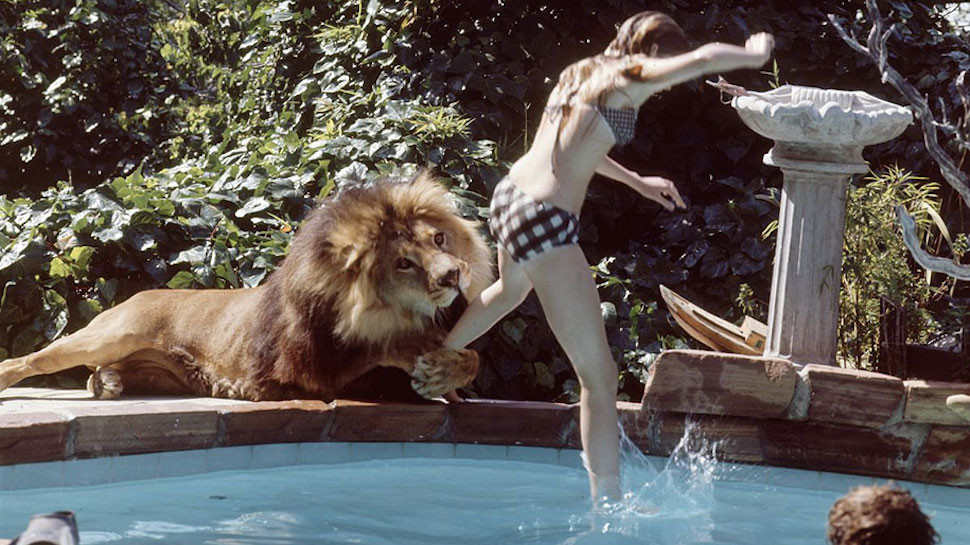
Perhaps the most outrageous entry on this list is the one least likely to have been seen by mainstream audiences. Roar, the brain child of Noel Marshall and Tippi Hedren, has all the earmarks of a troubled production: lengthy shoots, disappointing box office, and — most notably — an incredible amount of on-set disasters and injuries, leading to the shoot’s reputation as “the most dangerous film production of all time.”
The concept for Roar came to Marshall and his then-wife Hedren in 1969: while filming a project in Africa, they stumbled across an abandoned house overrun with lions, which inspired Hedren – a devoted animal rights activist — to make a film detailing the dwindling population of large cats on the African continent.
For the next 11 years, Marshall and Hedren – along with a cast and crew that included their young daughter Melanie Griffith – lived in Marshall’s house in Acton, California along with over 100 wild animals, including lions, cheetahs, tigers, and even elephants. From the first days of shooting, the set was a dangerous place to be. Griffith was attacked once, requiring 50 stitches on her face, she was not permanently disfigured.
Other participants on the shoot were not as lucky. Cinematographer (and later director) Jan de Bont was scalped by a lion, requiring 220 stitches. Hedren suffered a fractured leg and multiple wounds on her scalp, as well as a bite on her neck (which appears in the film). Noel Marshall was attacked so often by the animals that he eventually contracted gangrene.
In addition to the damage suffered by the cast and crew, the film’s backers pulled out one by one, leaving Marshall and Hedren to fund the film by selling nearly everything they had. By the time the film premiered, it was already seen by investors as a flop: with a total budget of $17 million, the final box office intake was just over $2 million.
With over 70 cast and crew members injured (including Marshall and Hedren’s marriage, which ended the year following its release), Roar has rightfully gained the reputation of the most dangerous film of all time. Despite the flaws in its narrative (it was originally seen as a “family friendly movie” in which “cats destroy a house”), the film has taken its place in cinematic history as one of its most bizarre entries.
8. Fitzcarraldo (Werner Herzog, 1982)
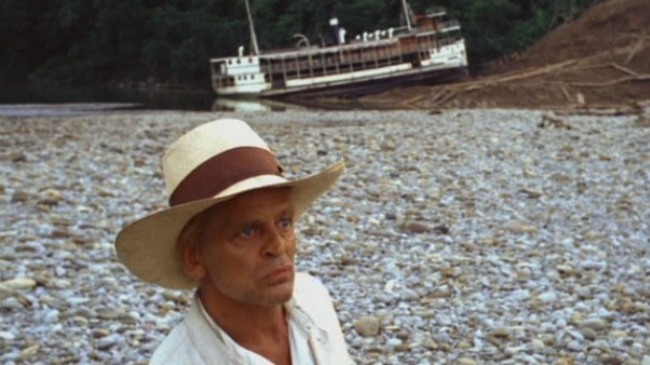
Much like Coppola during the making of Apocalypse Now, German director Werner Herzog plunged headfirst into madness and the unforgiving environment of the jungle to make his masterpiece Fitzcarraldo. Also like Coppola, Herzog found himself entangled in an impossible production faced with cast changes, bad weather, and what seems to be an almost cosmic effort to prevent his project from reaching completion.
The film was originally envisioned with Jason Robards in the leading role, with Mick Jagger playing his assistant. Unfortunately, Robards became ill with a nasty case of dysentery and was forced to drop out of the production with only 40% of his role being shot, and shortly thereafter Jagger dropped out as well.
Faced with his production falling apart, Herzog quickly rewrote the script, removed Jagger’s character entirely and recast longtime collaborator Klaus Kinski in the title role before filming resumed. As it turns out, Herzog’s problems were only beginning as bad weather and unexpected droughts stalled filming for months. However, these setbacks were nothing to the challenge of hauling a 320 ton steamboat over a mountain without the use of special effects.
With the aid of several native tribes and a complex rope and pulley system, the boat was eventually pulled up the mountainside, but not before the notoriously difficult Kinski had alienated several cast and crew members (including cinematographer Thomas Mauch, who never worked with Herzog again). He also angered a local tribal chief to the point that he offered to kill him for Herzog: Herzog declined, saying that, while tempting, they were too far over budget for that.
In the end, Fitzcarraldo was completed against all odds and was met with critical acclaim, garnering Herzog the Best Director prize at Cannes. It stands as a colossal achievement, not only for the incredible feat of pulling a massive boat over a mountain and down the other side, but also for the lengths to which an artist will go for the sake of their art. “If I abandon this project,” Herzog said, “I would be a man without dreams and I don’t want to live like that.”
9. Waterworld (Kevin Reynolds, 1995)
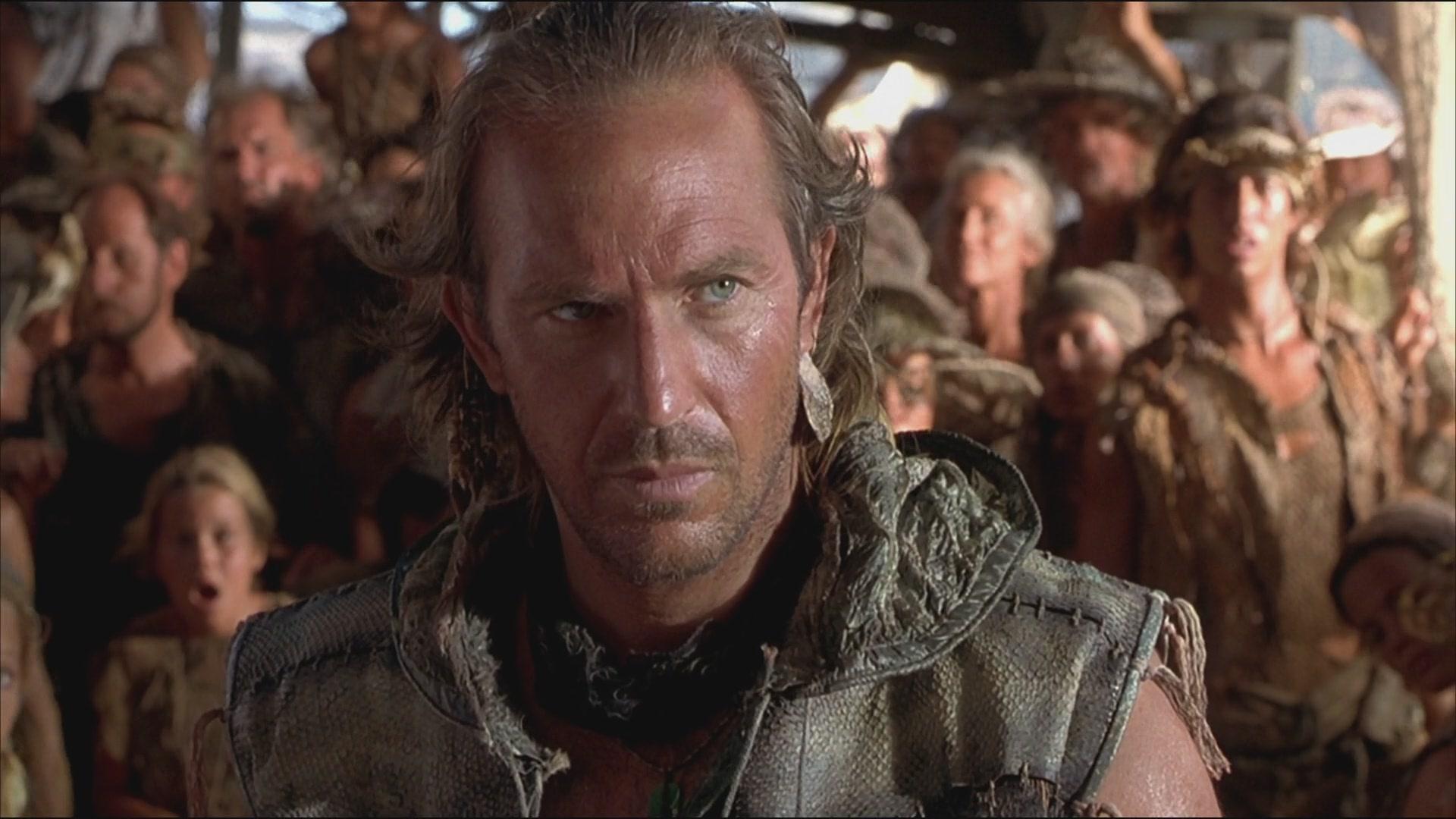
It’s hard to imagine a time when Kevin Costner was one of the hottest commodities in Hollywood. After the success of Field of Dreams, Dances with Wolves and JFK in the late ‘80s and early ‘90s, Costner had established himself as a major player in the industry and people were eager to cash in on his stardom. However, as seen many times before, people who have had a taste of success will occasionally bite off more than they can chew. In Costner’s case, this bite’s name was Waterworld.
Universal Studios allowed a budget of $100 million and the film began production in a large artificial seawater tank in Hawaii similar to the one that Titanic would be filmed in only a few years later. However, the film ran into difficulties almost immediately. A hurricane struck the film set, destroying a multi-million dollar set piece that had to be rebuilt, ultimately raising the budget up to $175 million (a record cost at the time).
Also bumping up the cost was the widespread use of watercraft such as jet skis. Costner – who spent a total of 157 days on set — was nearly killed on one of these jet skis during a storm. To make matters even more complicated, director Kevin Reynolds – who had worked with Costner on 3 other films including Robin Hood: Prince of Thieves – left the project in the middle of production.
According to Reynolds, Costner’s insistence on “backseat driver directing” nearly every scene in the film made it incredibly hard for the director to focus on the task at hand while simultaneously catering to Costner’s demands. As a result, Costner was left to bring the film to completion (although the two have since put aside their differences, reuniting on History Channel’s Hatfields and McCoy’s miniseries).
Similar to previously mentioned films like Cleopatra and Heaven’s Gate, Waterworld’s troubled production history became bigger news than the actual release of the film. The film was a box office flop, and critical reaction to the film was lukewarm at best, praising the set design and ambition of the film while criticizing the actors’ performances and the way the characters were treated.
Since its release, the film has garnered somewhat of a cult following (as well as a notable theme park attraction at Universal Studios) and has even managed to make its money back, but is nevertheless largely seen as an interesting failure and a blow to Costner’s status as a bankable Hollywood star.
10. The Man Who Killed Don Quixote (Terry Gilliam, 2018)
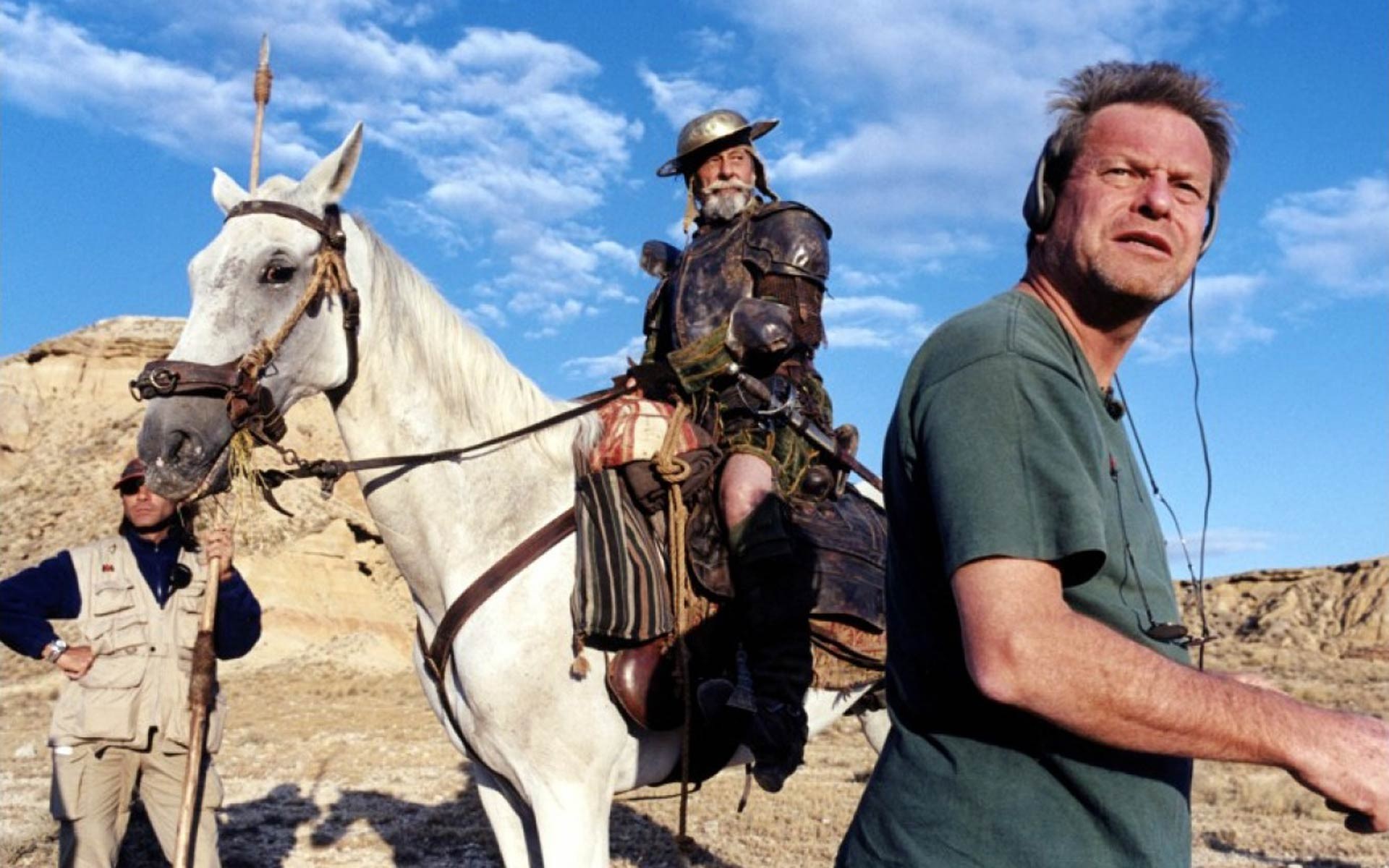
Perhaps no director working today is better deserving of the moniker of “unlucky” as Terry Gilliam. The wacky and anarchic director and former Python’s films are famous for their lavish production design and effects (as well as for going over budget and failing to turn a profit). However, none of his other projects have faced as much difficulty and hardship as The Man Who Killed Don Quixote, one of the most famous (until recently) unrealized projects in film history.
Gilliam first began developing a project based on Don Quixote in the early ‘90s, it sharing several themes with his own work such as madness and the struggle of the individual in society. Following the release of Fear and Loathing in Las Vegas in 1998, Gilliam announced that The Man Who Killed Don Quixote would be his next project, slated for release in 2001.
Almost immediately, the production ran into obstacles of almost cosmic proportions. Filming during the first location shoot outside of Madrid was disrupted by fisher jets constantly taking off from a nearby air force base, followed by unexpected flash flooding washing away equipment in addition to changing the color of the scenery.
Finally, Quixote actor Jean Rochefort (who had learned English specifically for the role, found himself with a herniated disc, making it impossible for him to ride a horse. Production on the film was shut down a mere 2 months into filming, the details of which can be found in the documentary film Lost in La Mancha.
Following the absurd failure of his first attempt, Gilliam tried 7 times to get the project back on its feet again. Proposals featuring Robert Duvall and John Hurt were made, but never materialized. After years of trial and error, production restarted in 2017 with Jonathan Pryce in the title role, and on June 4th of that year, Gilliam announced that filming was finally complete.
Although the world premiere of The Man Who Killed Don Quixote is still several months away, we can take comfort in the fact that after 18 years of hardship, Gilliam’s passion project has finally come to fruition.
Author Bio: Cameron Harvey is a writer with an encyclopedic knowledge of cinema. Growing up, he watched too many movies and eventually graduated from film school in Berlin, Germany. He now lives in New York City and pays way too much rent.